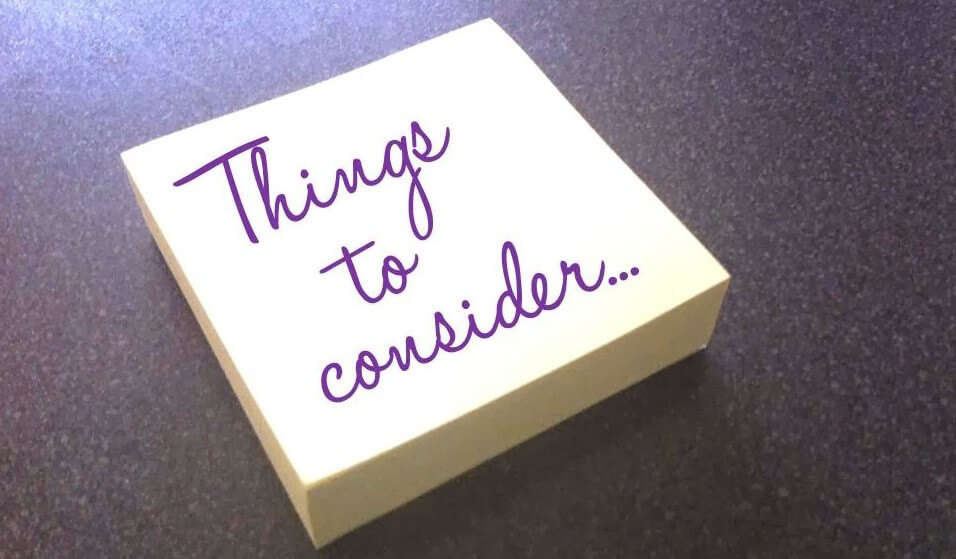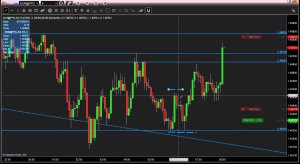When it comes to planning trades, the majority of people will instantly think about planning to get into a trade, but there is an entire second part of each trade, the exit. Getting the exit right can be just as important as the entry, if you get it wrong you can miss out on some potential profits, or you can potentially lose out and make some very large losses.
Some strategies even focus on the exit rather than the entry as they know the importance of it, so why exactly do people seem to negate this part of the trade? It has simply come down to the fact that people look for profits, in order to do that they need to put on a good trade, even those that look at the exit of a trade often just look at the basics of it, the stop loss and take profit and pretty much nothing else, but we need to think about a lot more.
So we are going to be looking at a number of different things that you need to be thinking about when you decide to plan your exits and the importance of doing so.
What are you willing to risk?
Your risk management plan should be the first stage of planning your exits. This will detail exactly how much you are willing to risk with each trade or how much of your account you are willing to risk each day, week, or month. Many traders look to risk 1% to 2% of their account per trade. However, each strategy is different and so some risk much less and some more. It will all come down to you and how much risk you are willing to hold and also your strategy. Ensure that you have this planned, it will give you the baseline for when you need to get out of a trade, either through hard stop losses or trailing stops, whatever your method, ensure that you know how much you are willing to risk with each trade. Do not be afraid to alter it, if it is not working the way that it is, there is no harm in altering it in order to more suit yourself and your strategy.
At what point do you cut your losses?
You will have trades that go negative, everyone does and it is a major part of trading that you cannot avoid, especially considering that the majority of trades always start out negative due to spreads. What you need to ask yourself though is where and when you should cut your losses, how far are you going to let it go? This works along with your risk management plan and can indicate to you where you should be putting your stop losses. While you should always be using stop losses, there will inevitably be times where you don’t, others through purpose or just due to completely forgetting it. If this happens, you need to know when and where you will get out of those trades, the last thing that you want to do is to let it run indefinitely, so have an idea that is based on your strategy of when you will want to cut the losses should things go the wrong way.
What if your tradies invalidated?
The markets can be a little unpredictable, this is very much true, but the world can be just as unpredictable, and there can be events happening that will completely invalidate any trades that you may have placed. There needs to be a contingency plan in place just in case this happens. What could result in this? A Tsunami or earthquake or more recently, a pandemic that goes around the world taking out a lot of the world’s economy, when things like this happen you will need to act.
You need to have an understanding of what you would do, if things are suddenly going crazy in the world and with the markets, are you going to exit your trades in order to save them and your account? If the market consensus has suddenly gone south and against you, it may be a good time to close out and reevaluate the markets before entering again. There is also the argument of letting it run as things can be unpredictable and so could go the right way too, but this is down to you and your strategy. Just make sure that you are prepared to make changes and potentially cause trades should things go a little crazy out there.
How long are you going to hold your trades?
Initially, this will come down to your strategy, those that are scalping will be holding their trades for a shorter period of time while those that are using a swing trade strategy will of course be holding the trades for a long time. However, even within these sorts of strategies, different people will have a different idea of how long they should be holding onto their trades, ultimately it will be up to you how long you hold it, but what is important is that you have an idea of how long planned before you make any trades.
Consider your strategy, consider your own risk style, and plan how long you will hold your trades. It is vital that you try not to come out of trades too early or too late if you do it can skew your overall strategy and risk management plan, keep your trades in line with your risk to reward ratio so even when you do need to cut losses, you are doing so in line with this and so it will help to keep your account profitable.
So those are a few of the things that you may need to consider when you look to exit a trade. Try not to only concentrate on the entry, while that is, of course, important, it is just as important that you get out of a trade in the right place. Stick to your plans, your strategy, and your risk to reward ratio and it will help you and your strategy to become a lot more successful and profitable in the long run.






